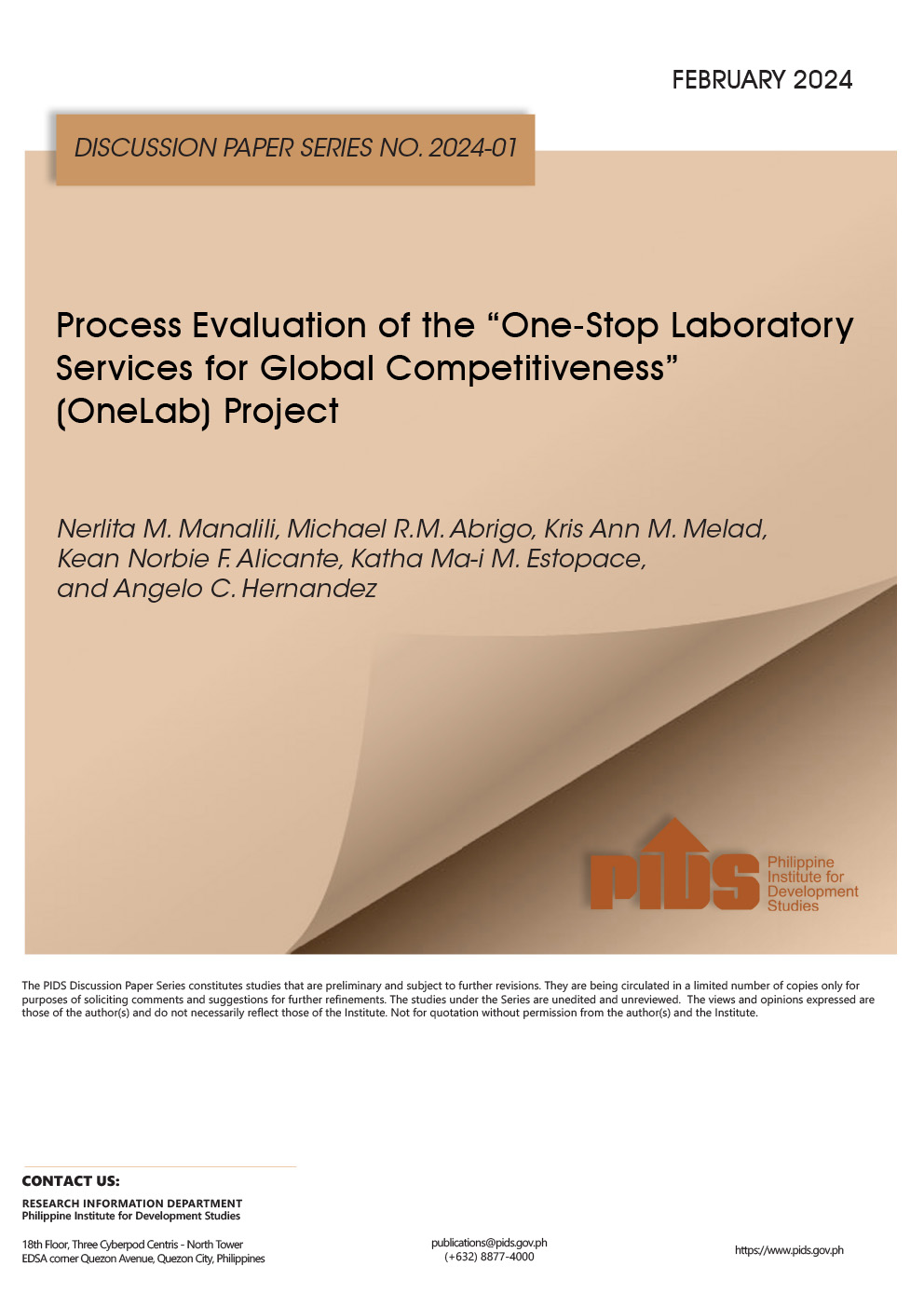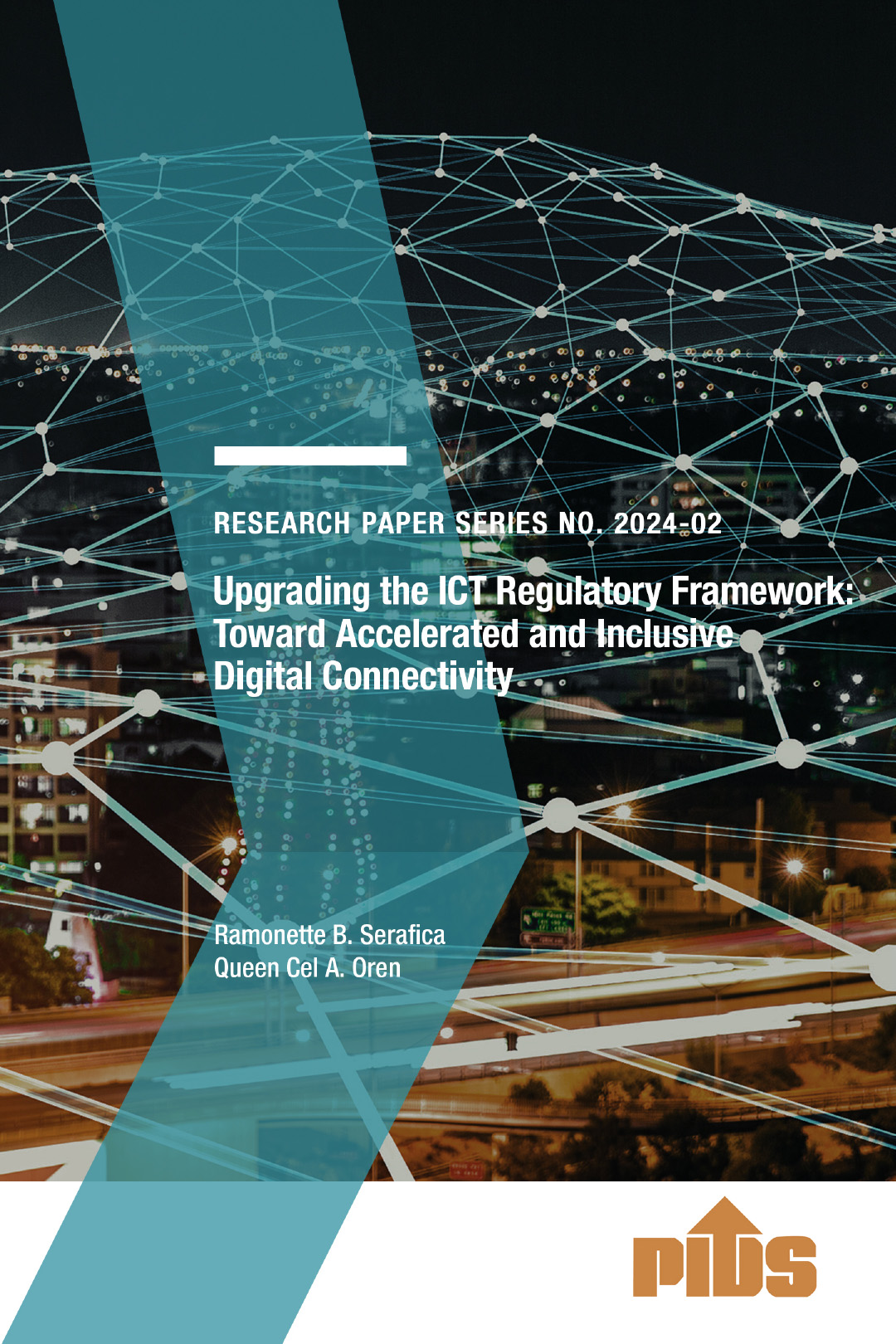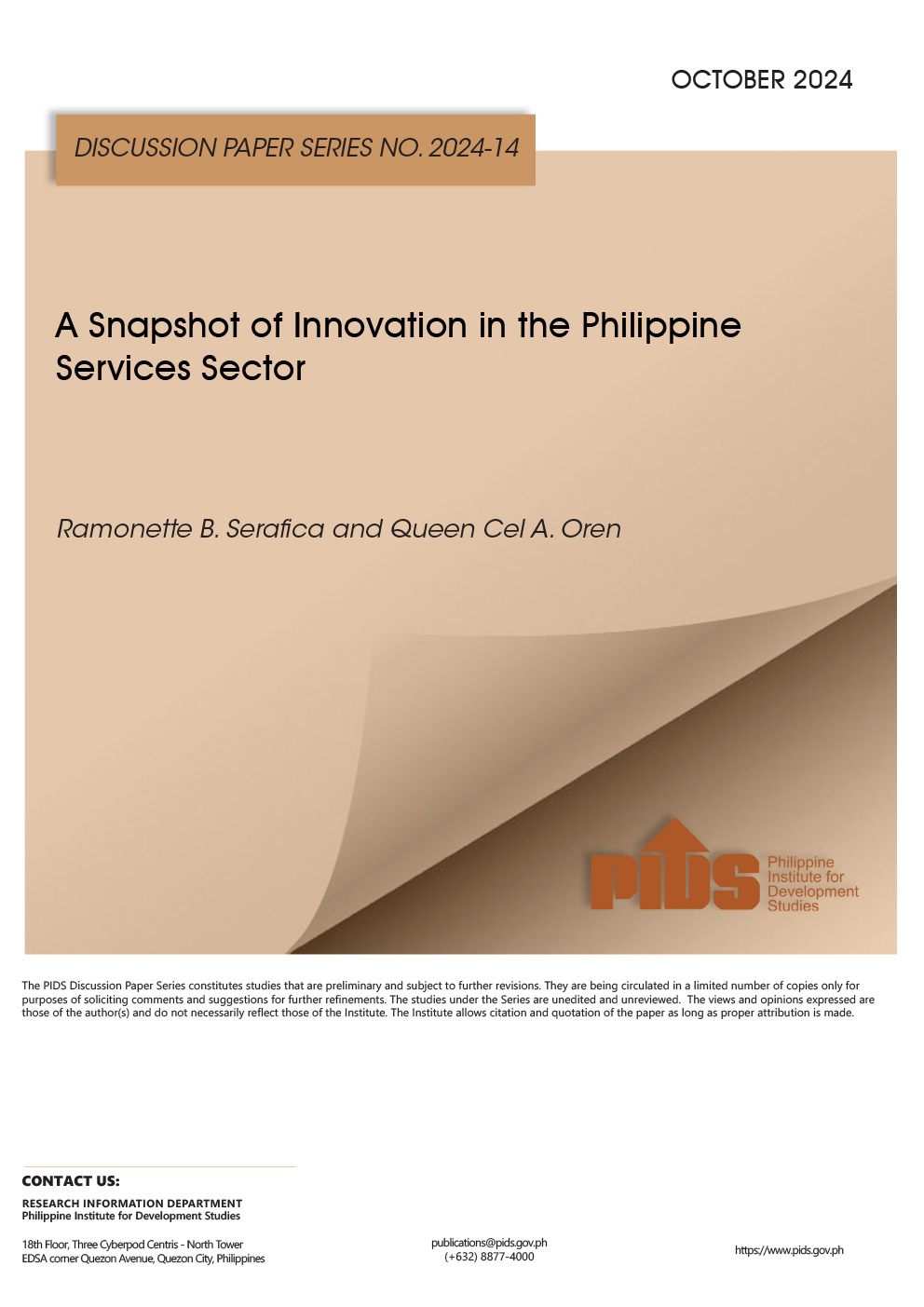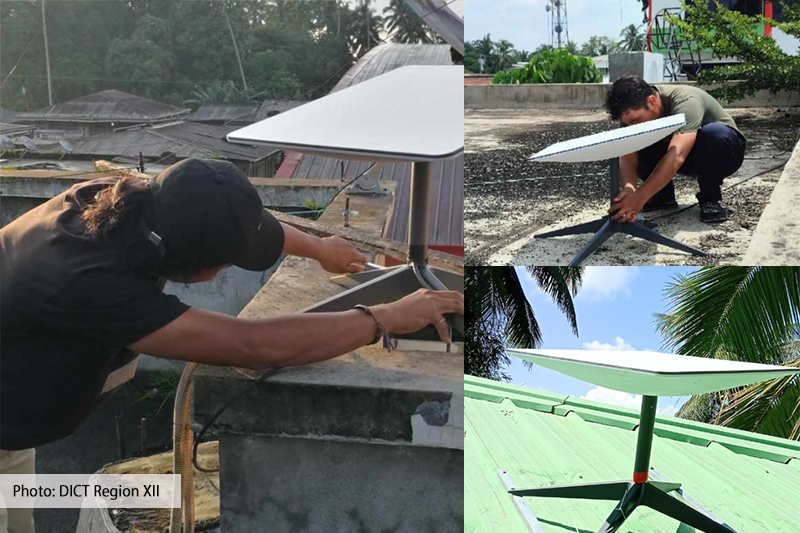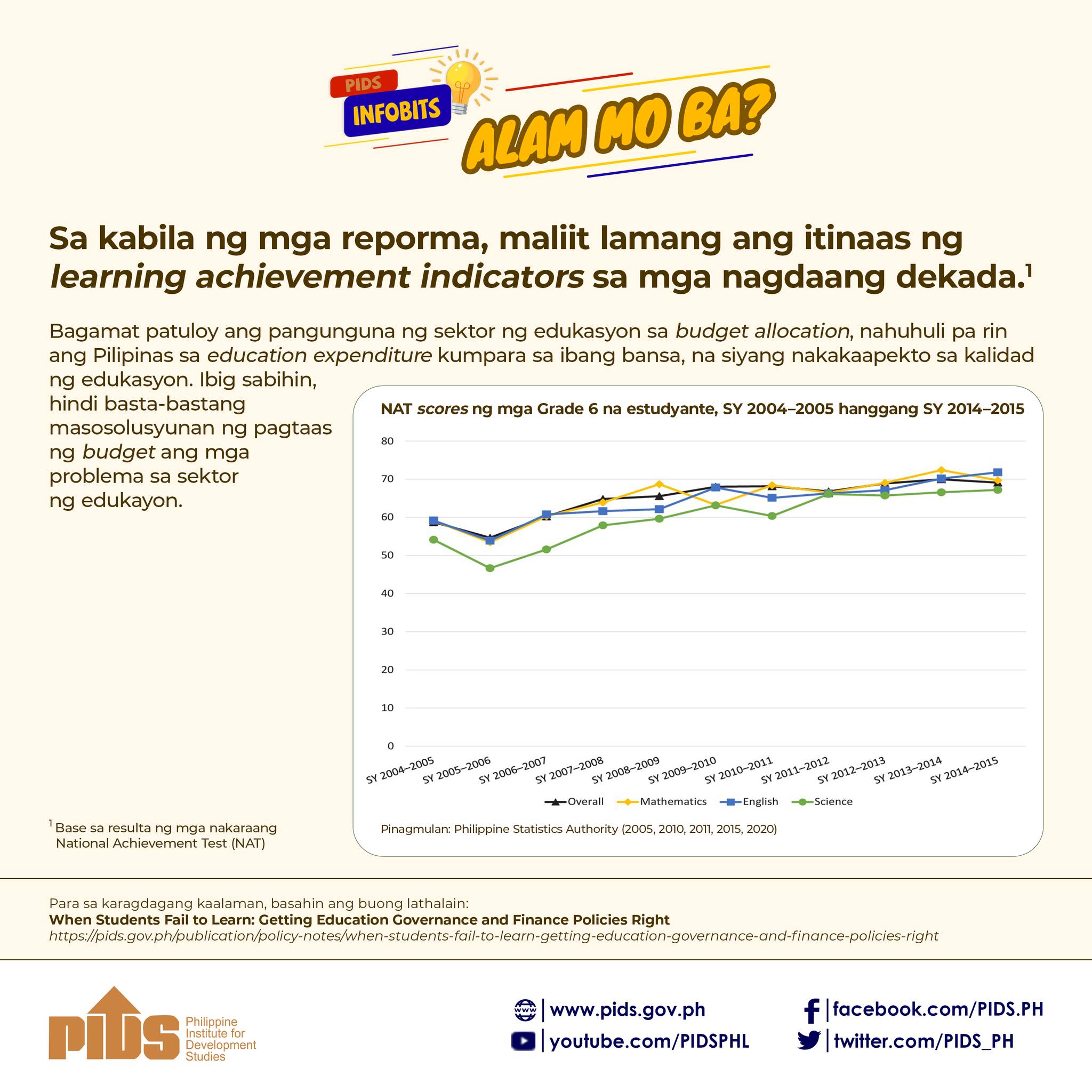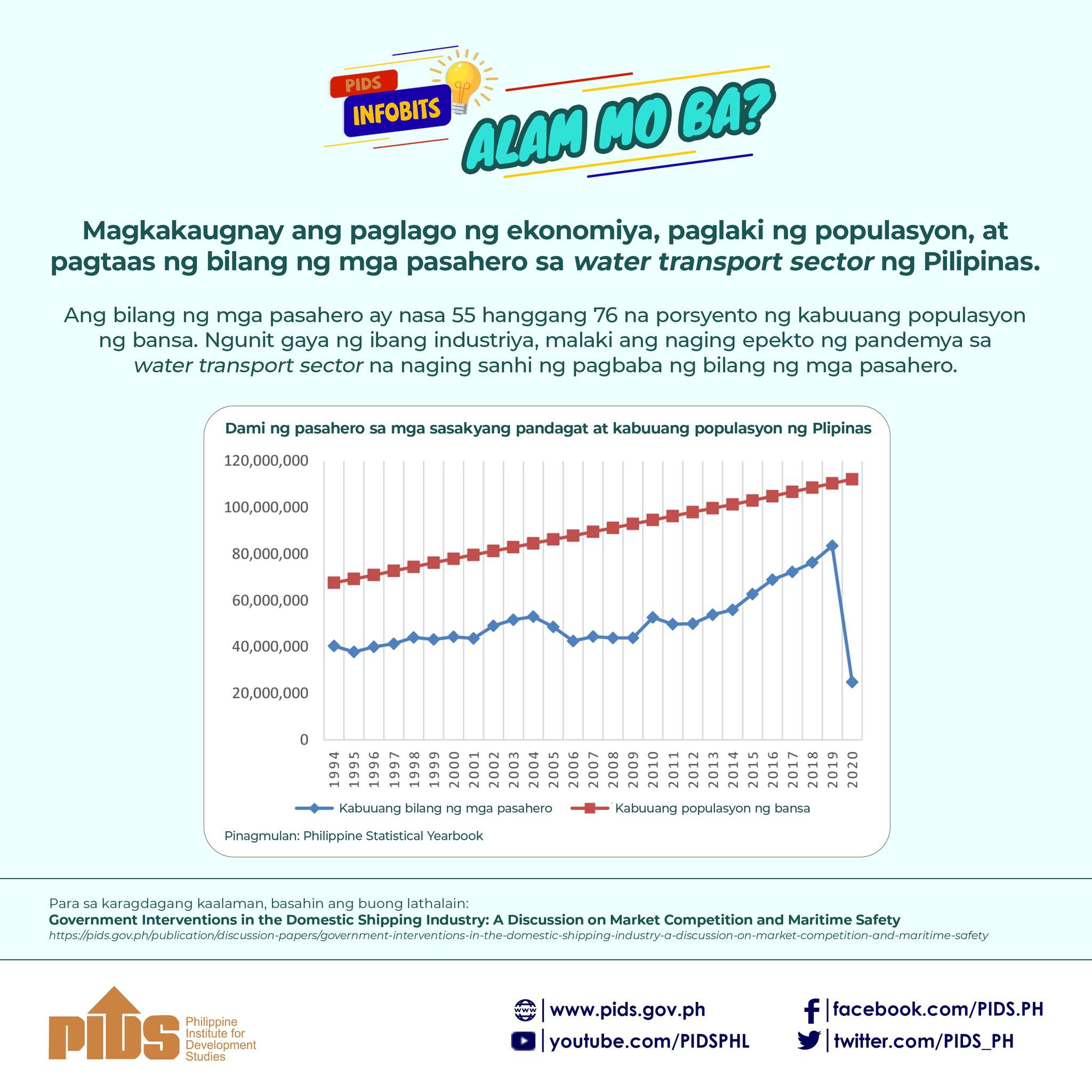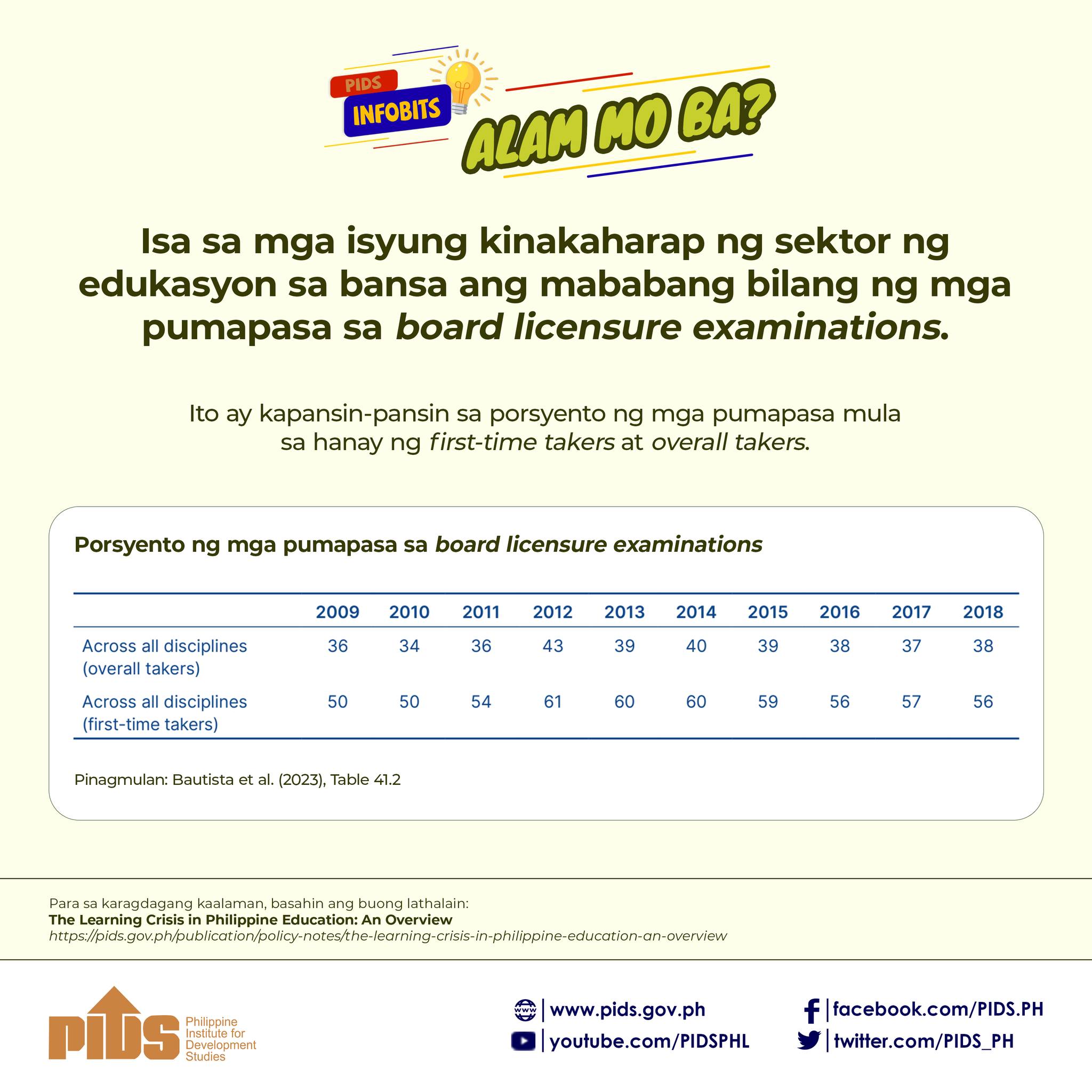Just as the COVID-19 pandemic prompted a renewed appreciation for Filipino science and technology (S&T) workers, the Department of Science and Technology - Science Education Institute (DOST-SEI) recently released a collaborative study with state think-tank Philippine Institute for Development Studies (PIDS) to give an outlook of future S&T labor requirements in the country.
Entitled “The Future S&T Human Resource Requirements in the Philippines: A Labor Market Analysis,” the study sought to provide a foundation for policy and strategy development concerning the country’s S&T human resources development (STHRD) efforts, which has huge influence on economic growth and resiliency.
The fast-paced development of technologies seen in this era known as the Fourth Industrial Revolution leads to constant disruptions in the labor market, and hence governments need to examine the state of its S&T workforce as well as forecast which skills and competencies will be vital for the jobs of tomorrow. This and many more findings were discussed by PIDS researchers Jose Ramon G. Albert, Ana Maria Tabunda, Carlos Primo David, Kris Francisco, Charlie Labina, Janet Cuenca, and Jana Flor Vizmanos in the joint paper.
The study utilized available data from population censuses, labor force surveys, and other data sources—mainly from the Philippine Statistics Authority’s (PSA) Labor Force Survey (LFS) from 2010 to 2018—to portray current trends in the supply and demand of S&T human resources in the country.
Overall, findings suggest that while the total S&T workforce forms only a small portion (5%) of the country’s total labor force, and that the diverse S&T occupations differ in growth potential in terms of employment, there is the need for both government and private sector to support the promotion of most S&T disciplines given that new jobs emerge from new technologies and industries.
The findings provide valuable policy recommendations on the the administration of DOST scholarship programs. For instance, DOST and private sector could incentivize young students for pursuing science, technology, engineering and mathematics (STEM), not just in senior high school or college but even as early as junior high. The study furthered that financial assistance, while helpful, may not be enough to fill the pool of S&T human resources required in the future. Government and the industry should be in close coordination to ensure the matching of capabilities of S&T professionals with the demands of the labor market.
What Phl’s S&T Workforce looks like
The study looked into the current state of the country’s S&T workforce, the specific S&T fields that are critical to future job requirements, as well as the projection of level of demand for specific disciplines. Below are some interesting findings of the joint paper:
- The S&T workforce constitutes only a small portion (5%) of the total workforce. The highest among the S&T fields is Engineering (2.8%), followed by Computing/Information Technology (1.9%). The other three major fields, namely, Life Sciences, Physical Sciences, and Math and Statistics are lower than 1%. (Note: Following U.S. classifications, medical and health occupations are excluded from S&T occupations.)
- The future demand will be highest for workers in the field of Engineering. The demand projections reveal that the labor market will still favor the Engineers, at least within the Philippines. (Note: The demand projection focuses solely on domestic demand and does not consider international demand for workers with S&T background.)
- The supply projection reveals significant increase in the number of S&T workers with Computer Science and IT background. Gap estimates, however, predicts a domestic oversupply for these professionals, which is reminiscent with the 1990s ‘Nursing boom.’
- Both supply and demand of S&T workers will further grow in the future. Notably, the future appears most favorable for Engineers as these workers will comprise majority of the country’s future demand.
- The domestic economy will also demand more S&T workers in the fields of Life Science, Physical Sciences, as well as Math and Statistics.
- The top 10 S&T occupations with the highest projected employment growth in 2020-2025 are the ff.: 1) Systems administrators; 2) Systems Analysts; 3) Industrial Engineers; 4) Web and Multimedia Developers; 5) Applications Programmers; 6) Civil Engineers; 7) Database Designers and Administrators; 8) Electrical Engineers; 9) Building Architects; and 10) Computer Network Programmers.
- Though the number of statisticians shows a declining trend, the demand for statisticians remains high due to the explosion of data analytics.
- There are also identified specific S&T occupations with negative projected employment growth in 2020-2025, namely: Town and traffic planners; Chemical Engineers; Mathematician and Actuaries; Chemists; Electronics Engineers; Farming, Forestry and Fisheries Advisers; Mining Engineers, Metallurgists and related professionals; and, Biologist, Botanist, Zoologist and related scientists.
Challenges in S&T labor market
Citing prominent studies from the World Bank, International Monetary Fund, and World Economic Forum, the study supported the insight that workforce’s chance of survival in the changing market will highly depend on the supporting infrastructures’ capacity to adapt and the workers’ ability to retrain through education. Rapid technological changes have already accelerated demand for highly-skilled workers while slowly taking off the scene the lower- and middle-skilled workers. This presents a challenge across all Philippine industries.
“The continuous struggle to promote STEM among the students to increase not just enrollment to related courses but also to boost overall interest in science among the general public shows you that the government’s stance is on the right track, but there truly has to be enhanced collaboration with all stakeholders for us to better prepare for the changes in technology and the economy,” said Dr. Josette Biyo, Director of DOST-SEI.
What can be done?
Aside from close coordination between the government and the private sectors in implementing programs and developing strategies, much of the work remains on building a sound S&T culture. The study affirms that there is a need to encourage the young population to go into STEM fields; however, the government needs some re-strategizing.
For one, the government’s STEM promotion programs need to adjust to the changing times by utilizing “new media” as opposed to relying on formal channels and traditional media. Aggressive media campaigns through social media platforms, could be used to generate ‘hype’ and educate both children and parents on the role and importance of STEM workforce in the society.
The study also incites a thorough review on DOST Scholarship administration. It highlights that the timing of scholarships is crucial. The paper recommends that financial support should be concentrated at the onset of the tertiary level or in junior high school as it is then when students’ inclination to STEM is developed.
Other recommendations include taking steps to increase enrollment and graduates of STEM while ensuring quality and reducing drop-out and failure rates across all levels of STEM education. To this, Biyo said DOST-SEI is already taking steps.
“In implementing our programs, we carefully analyze what kind of gaps we’re trying to fill whether in terms of STEM promotion or teacher training. The key for us, as ascertained by this study, is to adapt to the needs of this era for us to build an environment that is inviting for our young minds,” remarked Biyo.
The results of the collaborative study were presented via an online webinar early this September before a select body of educators, government representatives, and policy-makers. Both DOST-SEI and PIDS look to share the paper to a wider audience in the future.

